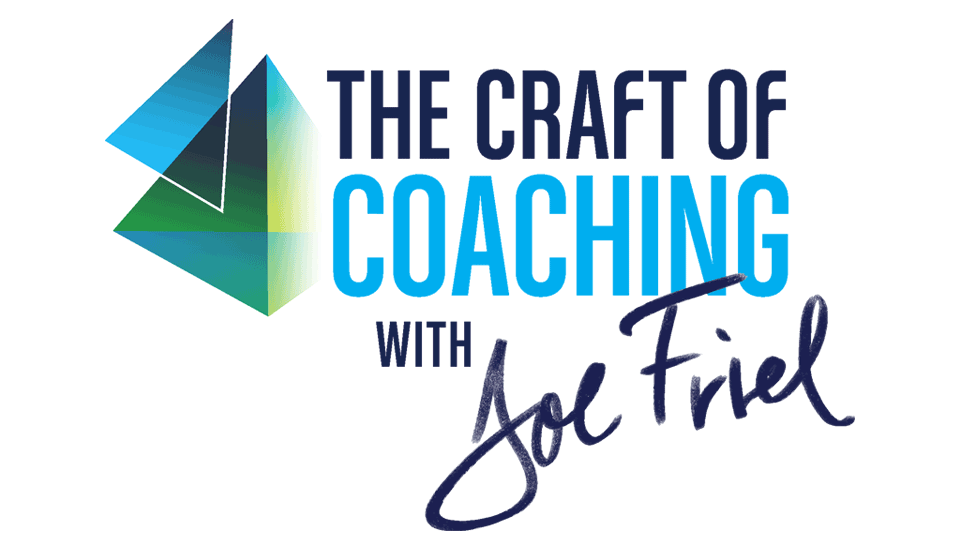Coaching Different Personalities
Personality can have a huge impact on how athletes train, race, and recover—and as a coach, knowing what “type” of athlete you are coaching can make a significant difference on how you write their workouts, how you give them feedback, and ultimately how successful you both are. Coach Dave Schell has created his own catalogue of five different personality types and, shown below, is the same workout written five different ways with example feedback (from both athlete and coach). Each workout (plus feedback) is unique for that personality type and is designed to get the very best from the athlete. Find out more below.

The Workhorse
This athlete needs training balance.
Workout: Warm up for 20–30 min. until your legs feel ready to go, then do 4–6 x 10 min. at RPE ~7/10.
Athlete: I headed out to my usual loop, and they were doing some road work so my first interval was cut short. But I found a nice little out-and-back a little further in that worked great for the rest of the session. Recoveries weren’t exactly as prescribed, but I got the work in.
Coach: OK, this looks pretty good–nice work getting it in. It looks like you were really struggling on intervals 5 and 6, so next time call it once you see the power start to drop.

The Daydreamer
This athlete needs to be focused on specific tasks or skills.
Workout: Warm up until you feel ready to go then do 4 x 10 min. moderately hard. Focus on constant pressure on the pedals and feel your breathing starting to become more rapid but not out of control. Shift often and use your gearing and cadence to keep the pressure on the pedals.
Athlete: I had a good ride–we had to keep stopping for the rest of the group to catch up.
Coach: OK, I am having a hard time seeing the intervals because there is not a lot of difference between your work and recovery. And your cadence is on the low end. For interval days I would suggest doing them alone and think about where would be the best place to ride for this type of interval.

The Pleaser
This athlete needs to achieve and be seen doing it.
Workout: Warm up for 15–30 minutes then do 4 x 10 min. at 95–100% of FTP, with 5 min. easy recoveries.
Athlete: I finished the last interval but was 8 minutes under the planned time so I rode loops around the block until the time was up. How did I do? How do my intervals look?
Coach: These look really good, like you could have done a bit more. What was your RPE on the last interval? Next time don’t worry if the time is a little short or long, as long as you get the work in, that is what we are after.

The Accountant
This athlete needs to be directed to data that fits the purpose of the session.
Workout: Warm up for 20 min. at 154–182W/Zone 2, then do 4 x 10 min. hard at 266–280W/Zone 4, with 5 min. easy recovery at 112–140W/Zone 1.
Athlete: My first interval was a .98 IF with a 1.05 VI, and a decoupling of 3.8% but over the next two intervals my decoupling went down. I had a hard time sticking exactly to 274 watts.
Coach: These intervals look great:
- 273w 86rpm 152bpm
- 276w 88rpm 150bpm
- 274w 88rpm 150bpm
- 278w 87rpm 152bpm
It looks like next time we should extend these intervals.

The Know-It-All
This athlete needs time and validation for trust to build.
Workout: Warm up 15-30 min. until your legs feel good then get in 4 x 8–12 min. around FTP with 4–6 min. recoveries. It’s OK if it’s not exact, we are looking for cumulative time in zone.
Athlete: I went to do the intervals on my normal loop, but they were doing some road work. I tried somewhere else, but it was too short, so after trying twice I just went home.
Coach: OK, remember that just as long as we get ~35-50 minutes of time in zone we are happy. It’s great if they are at least 10 min. long, but if the terrain/route doesn’t allow that, let’s try to get the work in even if it’s not perfect.
Video Transcript
5 Different Athlete Personalities
Joe Friel
Dave, I know you’ve got different ways of seeing the athletes you’re working with. You’ve talked to me before about how they’re unique in some ways, and you’ve actually got a system. You kind of categorize, if you will, the athletes. Could you explain that to me?
Dave Schell
Yeah, I’ve just found over time, both in the discussions I have with the athletes before we start working together and the questionnaire I have them fill out, then, just over time and working with them, I find that most athletes tend to fall into one of five buckets or categories.
These categories tend to be: The Workhorse, the Accountant (or Data-Driven), the Pleaser, the Daydreamer, and the Know-it-All. Just to expand on that a little bit:
The Workhorse
It’s somebody that just gets it done, no matter what it is, no matter what you tell them, they just find a way to make it happen. You just put the workout in there, they do it to a T, those [athletes] are great.
The Daydreamer
This is somebody who maybe isn’t as motivated by data or by the numbers, and so they’re really just out for a bike ride. With them, I’m trying to find some ways to keep them engaged, and so maybe giving them a task like focusing on the pressure on the pedals, or focusing on the breathing for a little bit. I think cadence is a good one.
The Pleaser
They really just want a pat on the back. There’s a lot of times I feel like that’s almost their motivation for even getting a coach is that they just want somebody to talk to you about their training. So each time they upload, they’re waiting for you to comment, they’re waiting for that notification that you’ve commented on it. So, with somebody like that, I almost need to be a little bit more careful, because they’re going to do whatever I tell them to a fault.
An example I have of this: I had an athlete where I wanted her to do hill repeats, and I neglected to say to drive to the hill. So she ran 10 miles to the hill, and then ran 10 miles home. She got the pat on the back, she got the gold star. But I just learned from that, I have to be very careful with how I write workouts with these types of athletes just because they’re going to do it.
The Accountant
They’re the ones that are the data-driven athletes. They might be somebody who’s very well read, and so they they read all the blogs, they’ve listened to all the podcasts, and so that they know, all the TLAs (three-letter acronyms). They’re very well versed, and so with them, I need to kind of make a point to speak to that, because I know that every time they do a workout, they’re going to be looking at all, you know, the Intensity Factor and the Variability, and all these things. So, I need to speak to that.
The Know-It-All
Even though it sounds a little bit derogatory, there have just been some athletes where there might be something there where they’re a little bit afraid to be vulnerable. So, each time I leave a comment, or each time we discuss something, they almost need to show that they know it, so that they’re not in a place of vulnerability. So, that just takes a little bit longer to build trust with them.
What I found with the different athlete types, it doesn’t necessarily change the training we’re doing, and it doesn’t speak to how competitive that athlete is. But what it really does for me, is it changes the way that I write workouts, and the way that I analyze workouts. So I’m just careful with the language that I use so that I can find something that resonates with them.
